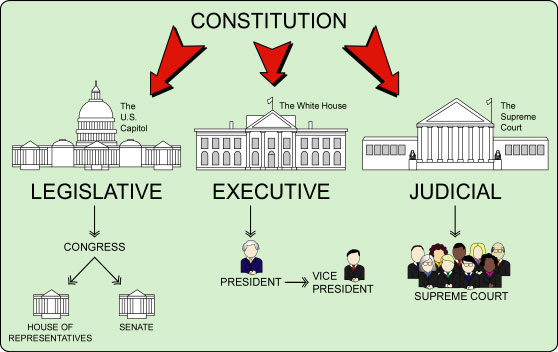پارسی، ترجمه و ویرایش
نکاتی دربارۀ نگارش فارسی، تایپِ درست و ترجمه (اکبر خرّمی)پارسی، ترجمه و ویرایش
نکاتی دربارۀ نگارش فارسی، تایپِ درست و ترجمه (اکبر خرّمی)ترجمۀ سیاسی – متن ۴
ترجمۀ سیاسی – متن ۴
۱۶ اسفند ۹۴
The term “separation of powers” was coined by Baron de Montesquieu, an 18th century French social and political philosopher. His publication, Spirit of the Laws, is considered one of the great works in the history of political theory and jurisprudence, and it inspired the Declaration of the Rights of Man and the Constitution of the United States. Under his model, the political authority of the state is divided into legislative, executive and judicial powers. He asserted that, to most effectively promote liberty, these three powers must be separate and acting independently.
Separation of powers, therefore, refers to the division of government responsibilities into distinct branches to limit any one branch from exercising the core functions of another. The intent is to prevent the concentration of power and provide for checks and balances.
The traditional characterizations of the powers of the branches of American government are:
- The legislative branch is responsible for enacting the laws of the state and appropriating the money necessary to operate the government.
- The executive branch is responsible for implementing the public policy enacted and funded by the legislative branch.
- The judicial branch is responsible for interpreting the constitution and laws and applying their interpretations to controversies brought before it.
While separation of powers is key to the workings of American government, no democratic system exists with an absolute separation of powers or an absolute lack of separation of powers. Governmental powers and responsibilities intentionally overlap; they are too complex and interrelated to be neatly compartmentalized. As a result, there is an inherent measure of competition and conflict among the branches of government.
